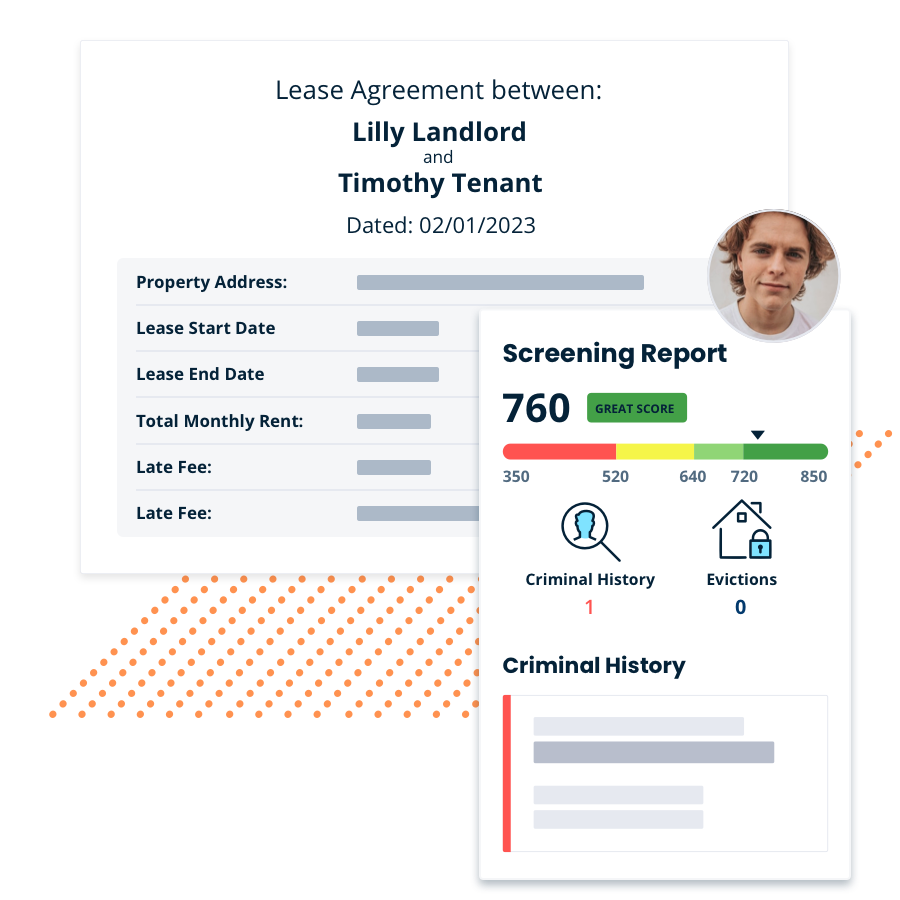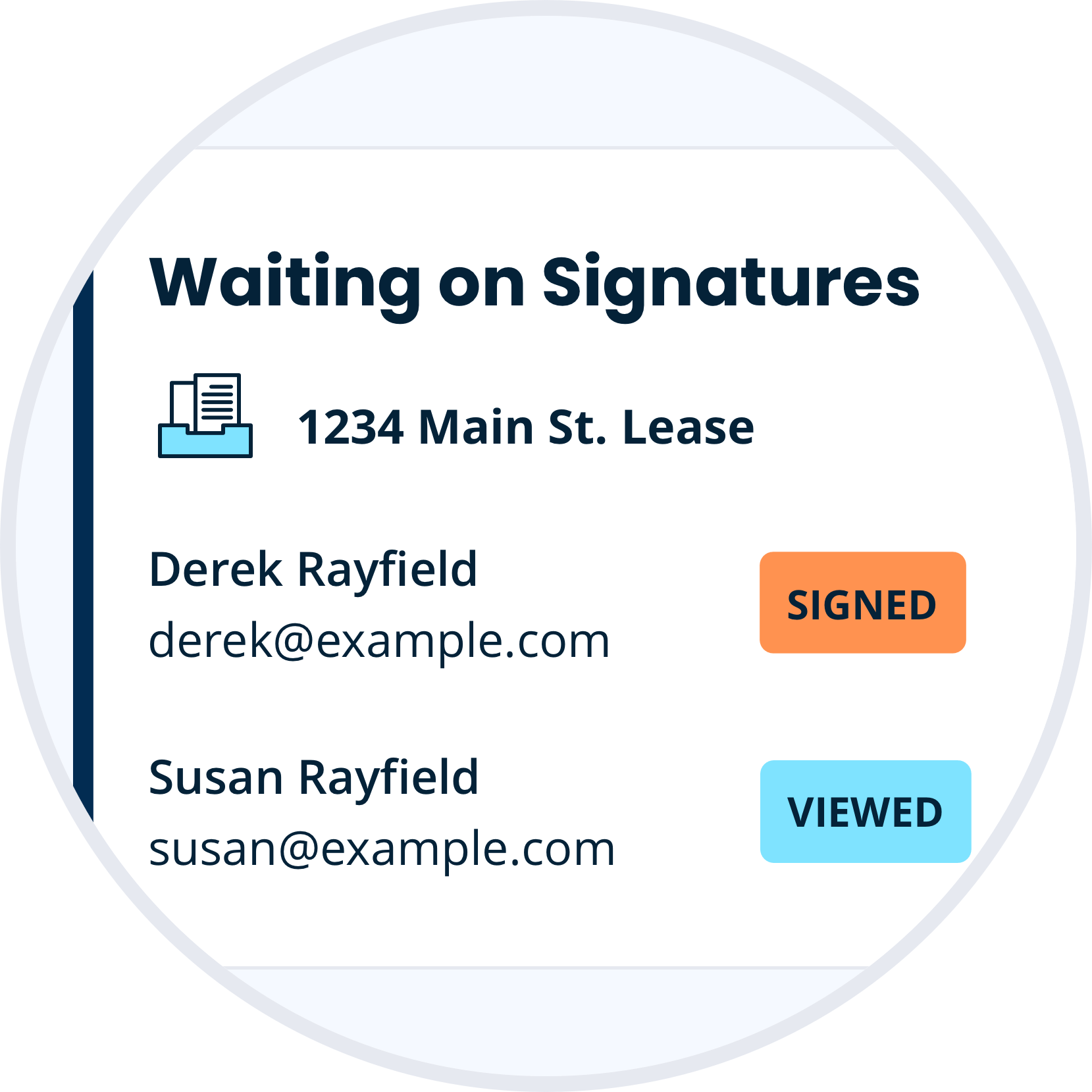Ready to start earning money on one or more rental properties in the Lone Star State? Texas is a great place to get into property management. Many of Texas’ major metropolitan areas have experienced significant rent growth since March 2020, according to KVUE.com. For example, Austin boasted a 26% increase in monthly rent costs from 2020 to 2021.
Below is a list of the Texas cities ranked from most expensive to least expensive average rent for a one-bedroom apartment:
- Austin: $1,560
- Plano: $1,460
- Irving: $1,370
- Houston: $1,270
- Fort Worth: $1,170
According to the San Antonio Business Journal, Texas ranked first in the number of net domestic migrants (“defined as the number of people moving in from other states minus those moving out,” the article states). With more people than ever moving to Texas, the number of renters is on the rise, making now the perfect time to become a Lone Start State landlord.
Calculate ROI on Texas Rental Property
Ready to see how much you can earn from your Texas rental property? Enter your property’s information into our rental property calculator to learn what your return on investment could be!

1. Prep Your Texas Rental Property
The most successful rental properties in Texas are pet-friendly and feature tile or upgraded flooring. Great rental units also include a refrigerator and outdoor living spaces. Upgrading your property to include these items can mean the difference between charging $1,000 in monthly rent and charging $1,500. If you are new to Texas, don’t forget the most important amenity of all — a working air conditioning system to tackle the hot summers and chilly winters.
Best Practice: Look at other available properties in your area to understand how much you should charge prospective tenants per month. Does your property feature the same or better amenities? If not, make the upgrades that fit into your budget. If you want to be sure you’re charging a fair amount, check out our free rent estimate report to dive into your neighborhood’s pricing market.
2. Familiarize Yourself With Texas Landlord-Tenant Laws
Set yourself up for success by brushing up on Texas landlord-tenant laws. Adhering to state laws will help you make the right decisions when it comes to security deposits, property maintenance, evictions, and other landlord responsibilities.
Best Practice: Familiarize yourself with Texas landlord rights, tenants’ rights, and the fair housing laws in your city to make sure that you are always in compliance. The law doesn’t allow for much wiggle room, even for new landlords, so be sure to seek legal advice from a local professional if you have any questions regarding Texas property code, local laws, etc.
3. Market Your Rental Property
Once your property is prepped and you understand your landlord responsibilities, it’s time to market your property! You’ll want to advertise your rental property both on and offline to maximize your chances of reaching potential tenants. Offline, that can look like adding a ‘for sale’ sign in front of the property with your contact information. Online, you’ll want to post your listing across the web. Luckily, you can market your rental property for free across multiple websites by creating a property profile.
To that end, a little staging and some great photography can go a long way in earning you multiple applications.


Best Practice: Make sure that your property is clean and empty (or tidy and staged) before taking photos. These real estate photography tips can help you get great photos without the professional price tag.
4. Find the Perfect Tenant
Finding the perfect tenant will ensure that you don’t have to deal with late payments while granting you peace of mind knowing your property is in good hands. We recommend running a background check and screening your tenants for common red flags to find the best renter.
Best Practice: Combine the rental application and tenant screening process using a free online tool designed with landlords like you in mind. Also, be sure to follow the fair housing act when looking for potential tenants. Remember, HUD dictates that you can’t discriminate against applicants for their race, gender, familial status, national origin, sexuality, disability status, or age.
5. Landlord Check-ins & Maintenance
Communication is the name of the game when it comes to managing your rental property. Clearly define when and how often check-ins or walkthroughs will be performed in your lease agreement. The lease should also outline what types of repairs the landlord is responsible for, and how quickly those repairs should be completed.
The Texas State Law Library states “a landlord must make a diligent effort to repair a problem if it materially affects the physical health or safety of an ordinary tenant,” though the renter must be current on their rent, inform their landlord of the issue, and not be at fault for causing the issue. The landlord is then entitled to a “reasonable” amount of time to make the repairs, which is defined as seven days (though “this can be challenged based on the severity of the problem and the availability of material and labor to fix it,” the Library states). To keep your tenants happy and healthy, we recommend prioritizing repairs that enable tenancy. For example, if the AC unit goes out in the middle of the summer, you should work to get it running again sooner rather than later.
Best Practice: Clearly outline the maintenance and repairs that you will cover in the residential lease, being sure to follow Texas law in the process. If you need help fulfilling maintenance requests, consider hiring a handyman.
Bonus: Learn About Taxes on Rental Income in Texas
Rental property taxes in Texas differ by county. If you haven’t already purchased your rental property, look in areas where the property tax won’t drastically affect your return on interest. Make sure that you’re aware of the average property tax in your county and factor that into your rent price to avoid taking a loss.
Best Practice: View your county’s median property taxes before setting your rent.

Unlimited Everything.
Create a single Texas lease agreement, or subscribe and receive unlimited lease agreements, landlord forms pack, and e-signs for a simple annual fee. Be confident with all the legal forms and tools you need as a professional landlord.
Discover Our Unlimited PlanBeing a landlord in Texas doesn’t have to be difficult. With free landlord tools like TurboTenant, you can remove management costs, accept applications, screen tenants to find the right renter, accept rent payments, and even correspond with your tenants from the comfort of your own home. With the Texas rental industry booming thanks to job availability, you can start earning passive income with only one property — but we dare you to stop at just one!


